Fishing offers a wonderful opportunity to connect with nature, relax by the water, and potentially catch dinner. However, many prime fishing locations—riverbanks, lakeshores, and marshy areas—are also favored habitats for various snake species. While most snakes aren’t actively seeking human interaction, accidental encounters can be startling and potentially dangerous if venomous species are involved. Understanding how to minimize these encounters and knowing what to do if you spot a snake can make your fishing trips safer and more enjoyable. This article provides comprehensive guidance on snake avoidance strategies specifically tailored for anglers, helping you focus on the fish rather than worrying about what might be slithering nearby.
Understanding Snake Behavior Around Water

Snakes are commonly found near water sources for several biological reasons that directly impact anglers. Many species, particularly water snakes and cottonmouths (water moccasins), hunt fish, frogs, and other aquatic prey, making fishing spots prime hunting grounds for them as well. Snakes are ectothermic (cold-blooded), meaning they rely on external heat sources to regulate their body temperature, often basking on rocks, logs, or shorelines—exactly where anglers might set up. Their activity levels typically peak during warm mornings and late afternoons in summer months, coinciding with popular fishing times. Understanding these patterns helps explain why snake encounters while fishing aren’t merely bad luck but rather predictable interactions between species sharing the same habitat for different purposes.
Identifying Common Water-Adjacent Snake Species
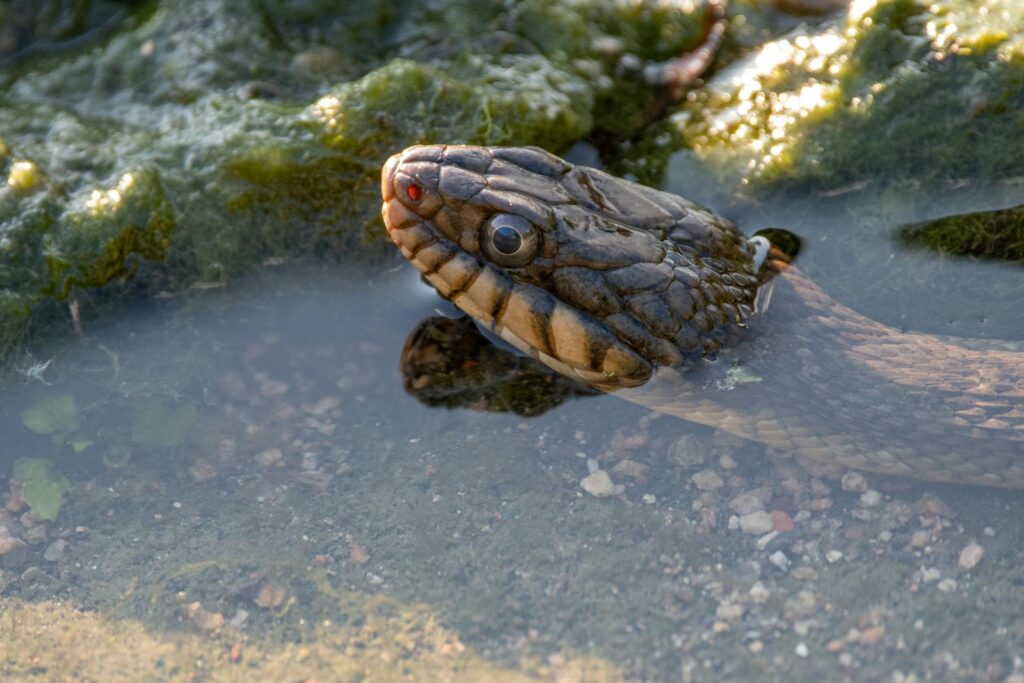
Being able to distinguish between harmless and venomous snake species can significantly reduce anxiety when fishing in snake country. Non-venomous water snakes (genus Nerodia) are often mistaken for cottonmouths due to their similar aquatic habits, but they have round pupils and lack the facial pits characteristic of pit vipers. Cottonmouths display a distinctive white mouth lining when threatened and possess a triangular head with vertical pupils. In western regions, anglers might encounter garter snakes near water, identified by their longitudinal stripes and relatively small size. Eastern diamondback and timber rattlesnakes may also inhabit areas near fishing sites, recognizable by their distinctive rattles and diamond-shaped patterns. Remember that most water snakes, while sometimes aggressive when cornered, pose no serious threat to humans beyond a painful bite that isn’t medically significant.
Proper Fishing Attire for Snake Protection
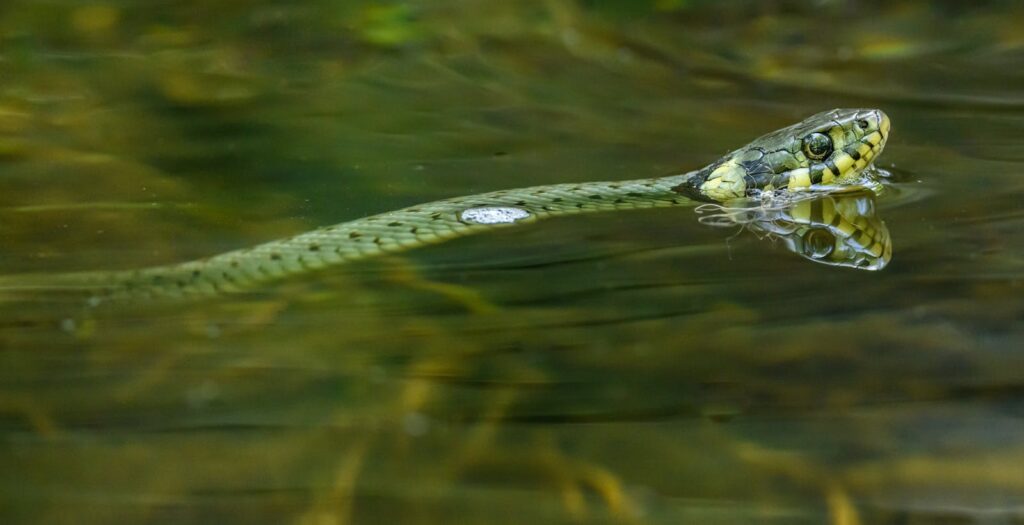
Strategic clothing choices serve as your first line of defense against potential snake bites while fishing. Opt for tall, thick boots or snake gaiters that protect against strikes below the knee, where many defensive bites occur. Loose-fitting, long pants made from heavy materials like canvas or denim create a barrier that snake fangs may struggle to penetrate. Light-colored clothing makes spotting ticks and insects easier while also allowing you to notice a snake that might have temporarily attached itself to your garments. When wading, consider chest waders that provide extensive lower body protection, particularly in areas known for water moccasins or other aquatic venomous species. Remember that no clothing is completely snake-proof, but appropriate attire significantly reduces your vulnerability and provides valuable reaction time if an encounter occurs.
Selecting and Preparing Your Fishing Location
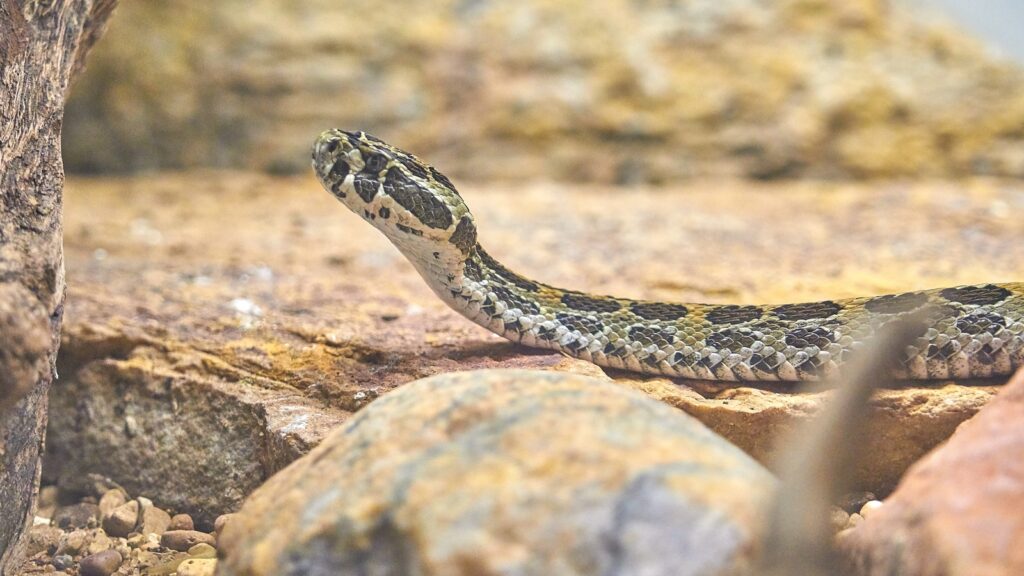
Taking time to thoughtfully choose and prepare your fishing spot can dramatically reduce snake encounter risks. Whenever possible, select open, maintained areas with minimal vegetation and debris where snakes would find little cover or reason to linger. Before settling in, conduct a careful visual inspection of the immediate area, paying particular attention to sunny rocks, logs, and shore debris where snakes might bask. Clear away excessive vegetation in your chosen fishing spot, creating a buffer zone of at least 3-4 feet around where you’ll be sitting or standing. Popular, well-trafficked fishing areas typically have fewer snake encounters due to constant human presence, making them safer options compared to remote, undisturbed locations where wildlife behaves more naturally without human interference.
Essential Gear for Snake Safety

Beyond standard fishing equipment, certain tools can enhance your safety in snake-inhabited areas. A hiking stick or fishing gaff serves multiple purposes, allowing you to probe suspicious areas before stepping and providing distance if needed to redirect a snake. Carry a compact snake hook (available at outdoor retailers) that can safely move a snake from your path without harming it or risking close contact. A bright LED headlamp is invaluable for night fishing, illuminating your surroundings and potentially revealing snakes before accidental encounters occur. Consider including a snake bite kit in your tackle box that contains pressure bandages and instructions, though experts emphasize these kits supplement, not replace, professional medical care. Adding a small pair of gaiters to your fishing gear adds minimal weight but significant protection when moving through high-risk areas between fishing spots.
Movement Techniques to Minimize Snake Encounters
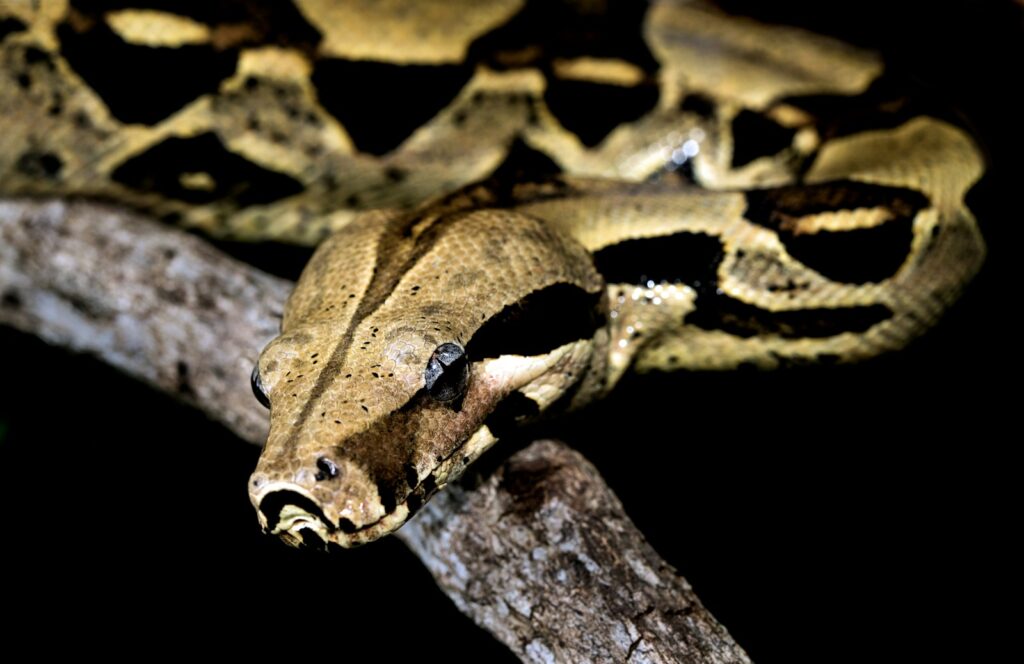
How you move through snake habitat significantly impacts your encounter risk while fishing. Adopt a deliberate walking style, using heavy footfalls that create ground vibrations snakes can detect, allowing them time to retreat before you arrive. Always watch your step, scanning the ground several feet ahead rather than focusing exclusively on the water or your fishing gear. When navigating through vegetation or approaching your chosen fishing spot, use your rod or a stick to rustle grass or brush before stepping through, alerting any hidden snakes to your presence. Avoid stepping directly over logs or large rocks without first checking what might be on the other side, as these are favorite basking spots for many snake species. These mindful movement practices become second nature with practice and significantly reduce surprise encounters that could lead to defensive snake reactions.
Night Fishing Considerations
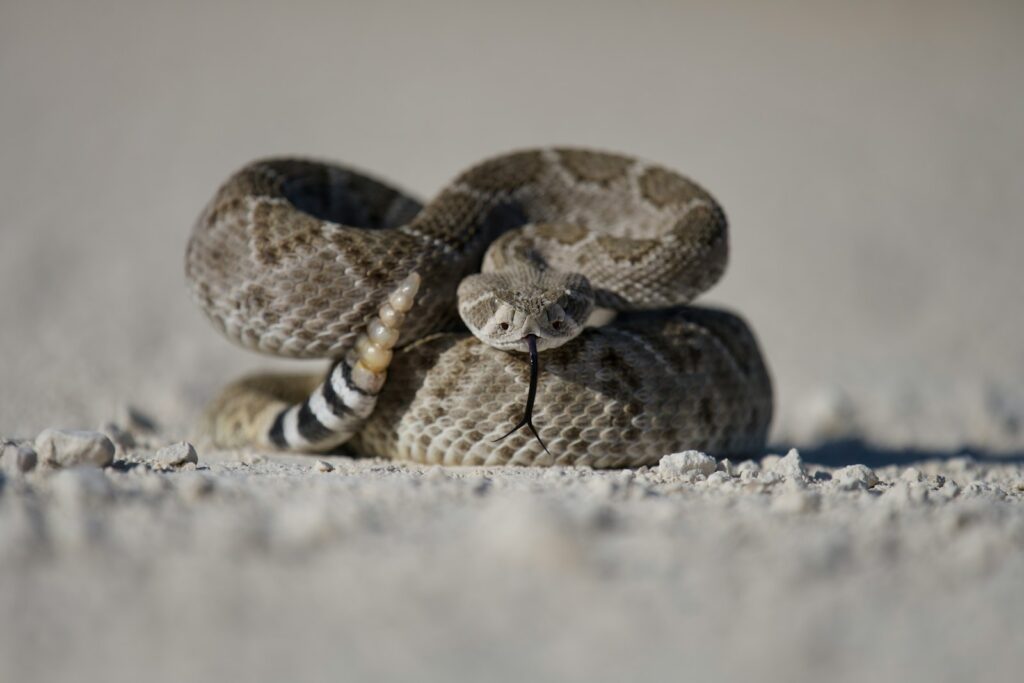
Night fishing presents unique snake encounter challenges requiring additional precautions beyond daytime strategies. Many snake species become more active after sunset, particularly during hot summer months when they hunt nocturnally to avoid daytime heat. Always use a powerful headlamp or flashlight to thoroughly illuminate your path, fishing spot, and surrounding area before settling in to fish. Take extra care when handling equipment in the dark, as snakes seeking warmth might coil around tackle boxes or bags left on the ground. Consider bringing an elevated seat or chair rather than sitting directly on the ground where visibility is limited. Remember that night fishing inherently carries higher snake encounter risks, making protective clothing, proper lighting, and heightened awareness particularly crucial safety components during these outings.
Managing Fish Cleaning Areas

Fish cleaning stations and shoreline cleaning spots often attract snakes due to the scent and discarded fish parts, creating a high-risk zone for encounters. When possible, clean your catch at designated cleaning stations that are typically maintained and less hospitable to snakes. If cleaning fish at the shoreline, select an open area away from rocks, vegetation, and other potential snake hiding spots. Never leave fish remains at your fishing spot, as the scent can attract snakes long after you’ve departed. Consider bringing a portable cleaning board that can be elevated on a tailgate or table, keeping the cleaning process off the ground where snakes might investigate food smells. Proper management of these activities reduces your encounter risk while also practicing good conservation ethics by properly disposing of fish remains.
What to Do if You Spot a Snake
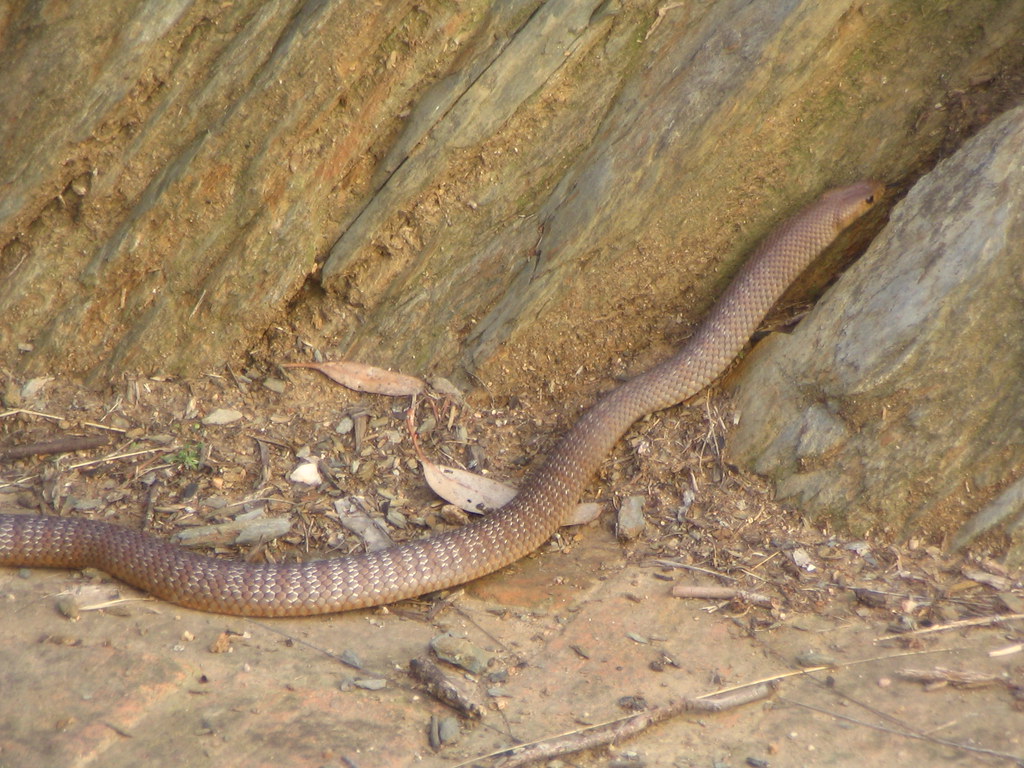
Encountering a snake while fishing is not uncommon, and knowing how to react can prevent a startling situation from becoming dangerous. If you spot a snake, remain calm and assess the situation—most snakes will not approach humans unless they feel threatened. Slowly back away, creating distance between yourself and the snake without making sudden movements that might trigger a defensive response. Never attempt to touch, handle, or kill the snake, as many bites occur when people try to interact with these reptiles. If the snake is blocking your path, either wait patiently for it to move on or find an alternative route that gives it a wide berth. Remember that snakes play important ecological roles in controlling rodent populations and are valuable components of healthy ecosystems, deserving respect rather than fear.
First Aid for Snake Bites
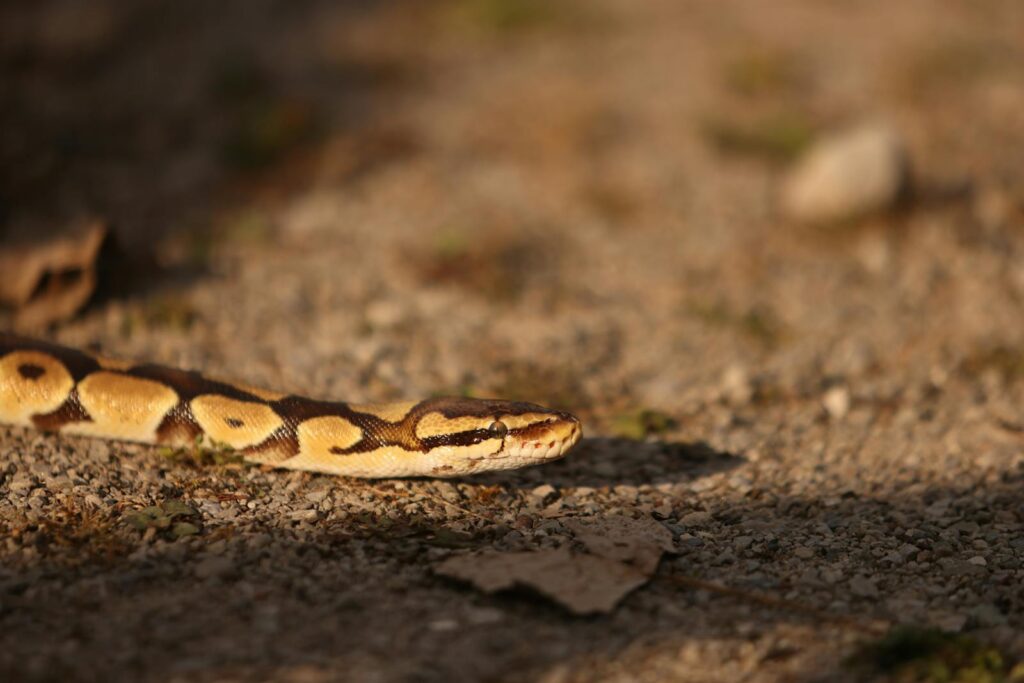
Despite precautions, knowing proper snake bite response is essential knowledge for any angler in snake country. If a bite occurs, immediately move away from the snake to prevent additional strikes while remaining as calm as possible to slow heart rate and venom circulation. Remove any constricting items like rings or watches from the affected limb before swelling begins. Gently clean the bite with water if available, but avoid traditional first aid measures like tourniquets, cutting, or suction, which can worsen outcomes and have been discredited by medical professionals. Keep the bitten area immobilized at or slightly below heart level while seeking emergency medical attention—all suspected venomous snake bites require professional treatment regardless of immediate symptoms. Remember to note the snake’s appearance if possible (without pursuing it for identification), as this information can help medical providers determine appropriate antivenin treatment.
Regional Snake Considerations for Anglers

Snake species and associated risks vary significantly across fishing destinations, requiring region-specific knowledge for effective avoidance. In southeastern states, cottonmouths present the primary concern around water, often displaying their distinctive white mouth lining when threatened. Western anglers should watch for rattlesnakes seeking water sources, particularly during dry seasons. Northern fishing areas generally have fewer venomous species but still host water snakes that, while harmless, can deliver painful bites if handled. Florida anglers face unique challenges with both native species and invasive pythons in southern regions that, though rarely aggressive toward humans, add another dimension to awareness requirements. Understanding local snake populations, seasons of highest activity, and habitat preferences relevant to your fishing region allows for targeted precautions rather than generalized anxiety about all snake encounters.
Teaching Children Snake Safety While Fishing
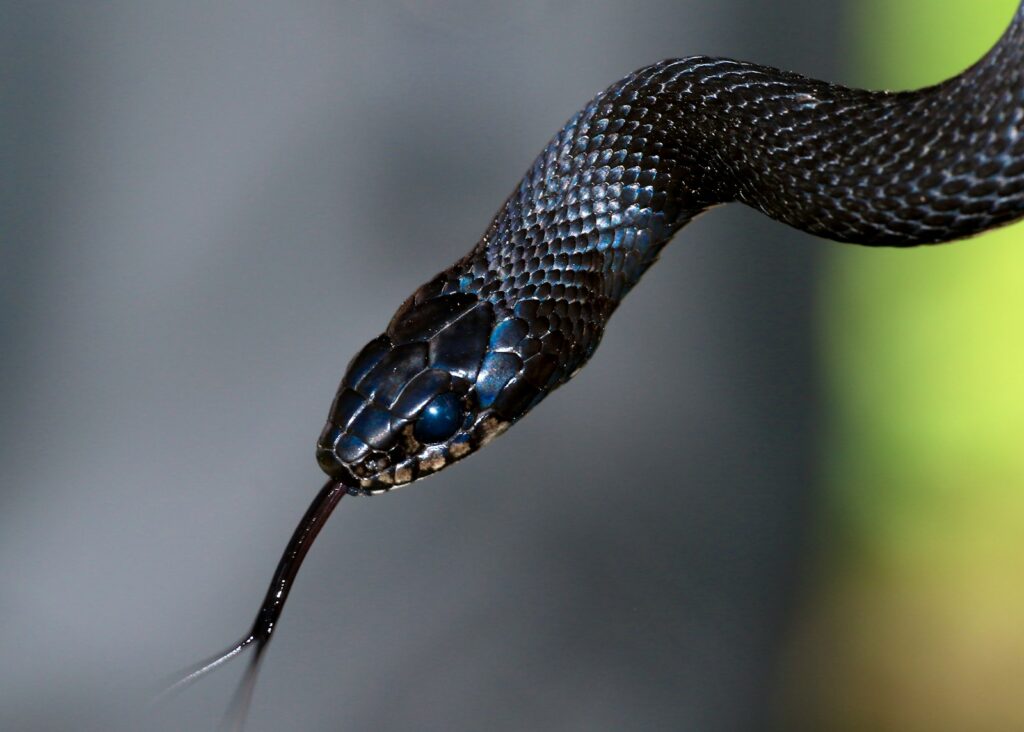
Family fishing trips require special attention to educating children about snake safety without instilling unnecessary fear. Begin by teaching children to recognize common local snake species through pictures or nature center visits, emphasizing which ones deserve extra caution. Establish clear rules about not wandering into vegetation alone and always alerting adults if they spot a snake rather than investigating independently. Create a game of “snake spotting” where children earn points for safely identifying potential snake habitat from a distance, turning safety awareness into an engaging activity. Consider bringing small snake gaiters sized for children, which not only provide protection but also reinforce the importance of snake awareness as a normal part of outdoor activities. These educational approaches help develop young anglers who respect rather than fear wildlife while understanding appropriate boundaries.
Ethical Considerations and Conservation

Responsible anglers recognize that snakes are essential components of healthy ecosystems rather than obstacles to be eliminated. Snakes control rodent populations that might otherwise damage watersheds and spread disease, directly benefiting fishing habitats. Many snake species are experiencing population declines due to habitat loss and deliberate killing, with some water-associated species now protected under conservation laws. When fishing in snake country, consider photographing rather than disturbing snakes you encounter, contributing valuable observation data to wildlife agencies through citizen science programs. Remember that relocating or killing snakes, even with good intentions, can disrupt local ecosystems and may violate wildlife protection laws in many regions. By adopting an attitude of coexistence rather than conflict, anglers can enjoy their sport while respecting the natural balance that ultimately sustains healthy fisheries.
Conclusion
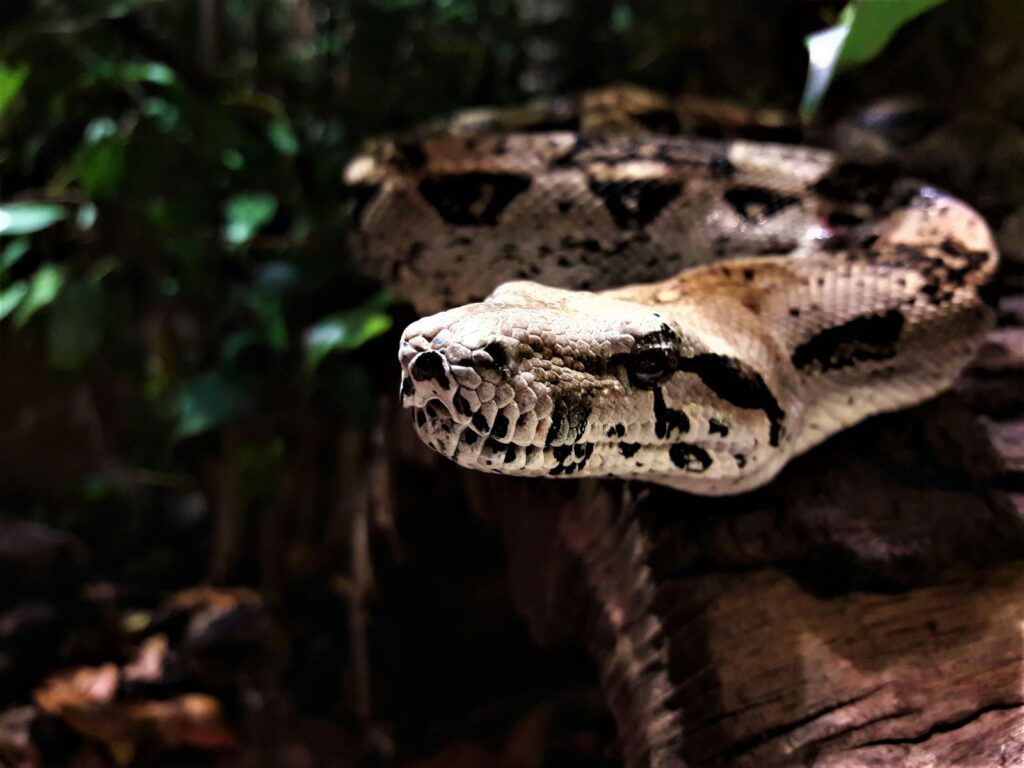
Fishing and snake habitat often overlap, making encounters inevitable for regular anglers. However, with proper knowledge, preparation, and respect, these interactions can be managed safely with minimal stress for both parties. By understanding snake behavior, wearing appropriate protective clothing, creating awareness of your surroundings, and knowing how to respond calmly if an encounter occurs, you can significantly reduce any risk while fishing. Rather than letting fear of snakes deter you from enjoying this rewarding pastime, let these practical strategies become part of your regular fishing routine. Remember that snakes play crucial roles in the same ecosystems that support healthy fish populations—with the right approach, anglers and snakes can continue sharing these spaces peacefully, each fulfilling their natural role in these vibrant aquatic environments.




